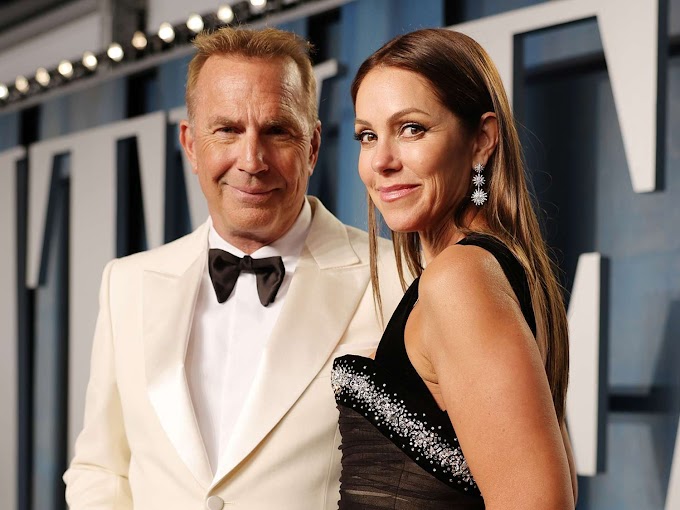The question of Meghan Markle's potential title change arises from the couple's decision to step back from their roles as senior members of the royal family, a move commonly referred to as "Megxit." This transition, formalized in early 2020, led to significant changes in their public roles and responsibilities. Despite retaining their HRH (His/Her Royal Highness) titles, they agreed not to use them in a working capacity. This development has sparked speculation about possible future adjustments to their titles.
If Meghan were to no longer hold the title of Duchess of Sussex, one of the most plausible alternatives would be "Princess Henry of Wales." This title reflects her husband's given name, Henry, and aligns with traditional royal naming conventions. While this title might seem unusual to modern ears, it follows a historical precedent where wives of princes take on their husband's Christian names for formal titles.
Another possible title for Meghan could be the "Countess of Dumbarton." When Prince Harry was given the title Duke of Sussex, he also received subsidiary titles, including Earl of Dumbarton. In the event of a title change, Meghan could adopt the feminine form of one of these lesser titles. As Countess of Dumbarton, she would continue to hold a noble status, albeit of a different rank.
Similarly, Meghan could be known as "Baroness Kilkeel," aligning with another of Prince Harry's subsidiary titles, Baron Kilkeel. This title would again reflect a lower rank in the British peerage but would maintain the association with Prince Harry's bestowed honors.
In the absence of any formal noble titles, Meghan might be referred to as "Lady Meghan Mountbatten-Windsor." This name combines the shared surname adopted by Queen Elizabeth II's descendants without titles and emphasizes her continued connection to the royal family lineage.
Royal titles in the United Kingdom are steeped in centuries-old traditions and legal frameworks. The peerage system, which dates back to the medieval period, categorizes titles in a hierarchical order: Duke, Marquess, Earl, Viscount, and Baron. Each rank comes with specific historical privileges and social standings, although many of these roles have become ceremonial in modern times.
Subsidiary titles, such as those potentially available to Meghan Markle, play an important role in the British aristocracy. These secondary titles are often less publicized but serve to honor various geographical regions and historical estates associated with the titleholder. They provide a pool of alternative titles that can be utilized under different circumstances, ensuring the continuation of noble designations.
The titles held by members of the royal family significantly influence public perception and media coverage. Titles are more than mere formalities; they encapsulate historical significance, cultural heritage, and the individual's role within the royal family. A change in title for Meghan Markle would likely shift public discourse, potentially affecting her philanthropic endeavors, media presence, and overall public image.




